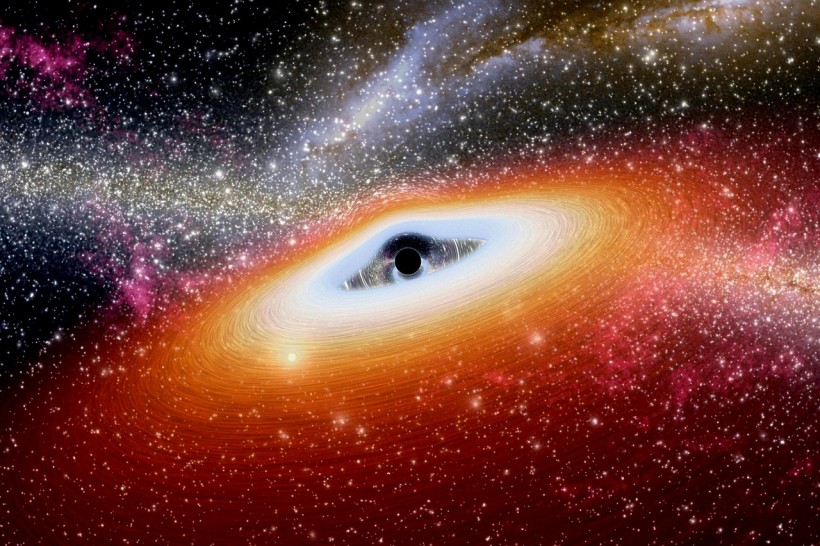A black hole is an empty space packed with matter, like a star ten times more massive than the Sun squeezed in diameter as big as New York City. As a result, it has become a gravitational field so strong that nothing can escape, even light. Astronomers have been using NASA instruments to paint a new picture of the black hole and how they behave in the universe.
But in 2019, they unexpectedly observed for the first time the nearest example to date of a star being shredded after approaching too close to a massive black hole. The spaghettification caused ultra-bright light that astronomers from the University of California, Berkeley could observe the optical light from the stellar death.

Black Hole 'Spaghettified' a Star Into Pieces as It Moved a Little Bit Closer, Shedding Light on the Violent Events in the Galaxy
Observing the New Generation of Tidal Disruption Events
A black hole mostly remains dormant, lurking invisibly for years until a star passes too close and is ripped into shreds and triggers a months-long tidal disruption event (TDE) that can shine as bright as a supernova.
According to an article in Science, astronomers in the past usually just observed a handful of TDEs. However, with the advancements in technology, observing the new generation of TDEs has become easier, yielding new insights into the violent events happening in the galaxy.
In 2020, astronomers presented 39 TDEs to the American Astronomical Society in Honolulu, Hawaii. They came from observations in recent months and years using survey telescopes.
When a black hole swallows approaching stars, it shreds them into strands like spaghetti while the rest of its matter settles into an accretion disk that steadily feeds the black hole.
The first TDEs were spotted in the 1990s using an X-ray mapping satellite. But today, astronomers use optical surveys like the Zwicky Transient Facility (ZTF) that pick up the fast-changing events during a TDE and cap[true the details o the visible glow. More so, they alert NASA observatories for follow-up observations at ultraviolet and X-ray wavelengths.
Fingerprints of a star are observed on the light they emit and reading it could reveal the populations of stars at the center of the galaxies, which are light-years away from Earth. Also, it might reveal the mass of the black hole. However, X-rays often flare irregularly, appear late, or sometimes are completely absent.
ALSO READ: Massive Black Hole May Have Done a 180-Degree Magnetic Flip in A 'Strange Explosive Episode'
Why Astronomers Do Not Detect X-Rays From TDEs
The TDE observed by astronomers from the University of California, Berkeley in 2019 was the first observation of a star spaghettified by a black hole that occurred 215 million light-years from Earth, Phys.org reported.
Observations help the astronomers study the optical light from the TDE, especially the polarization of light, and learn what happens after the star is torn apart.
Analysis showed that the light from the star was blown at high speed of up to 10,000 kilometers per second and formed a spherical gas cloud, blocking the high-energy emissions produced during the event. That means the light's polarization was essentially zero due to the spherically symmetric cloud blocking it.
Astronomy professor Alex Fillippenko from UC Berkeley said the study was the first time anyone identified the shape of the dust cloud around the spaghettified star. The results show why astronomers do not see radiation or X-rays from the dozens of TDEs and rule out a class of solutions that have been proposed theoretically.
Watch the video below about what a TDE looks like:
RELATED ARTICLE: ESO Captures a Star Ripped Apart by a Black Hole
Check out more news and information on Black Holes in Science Times.














